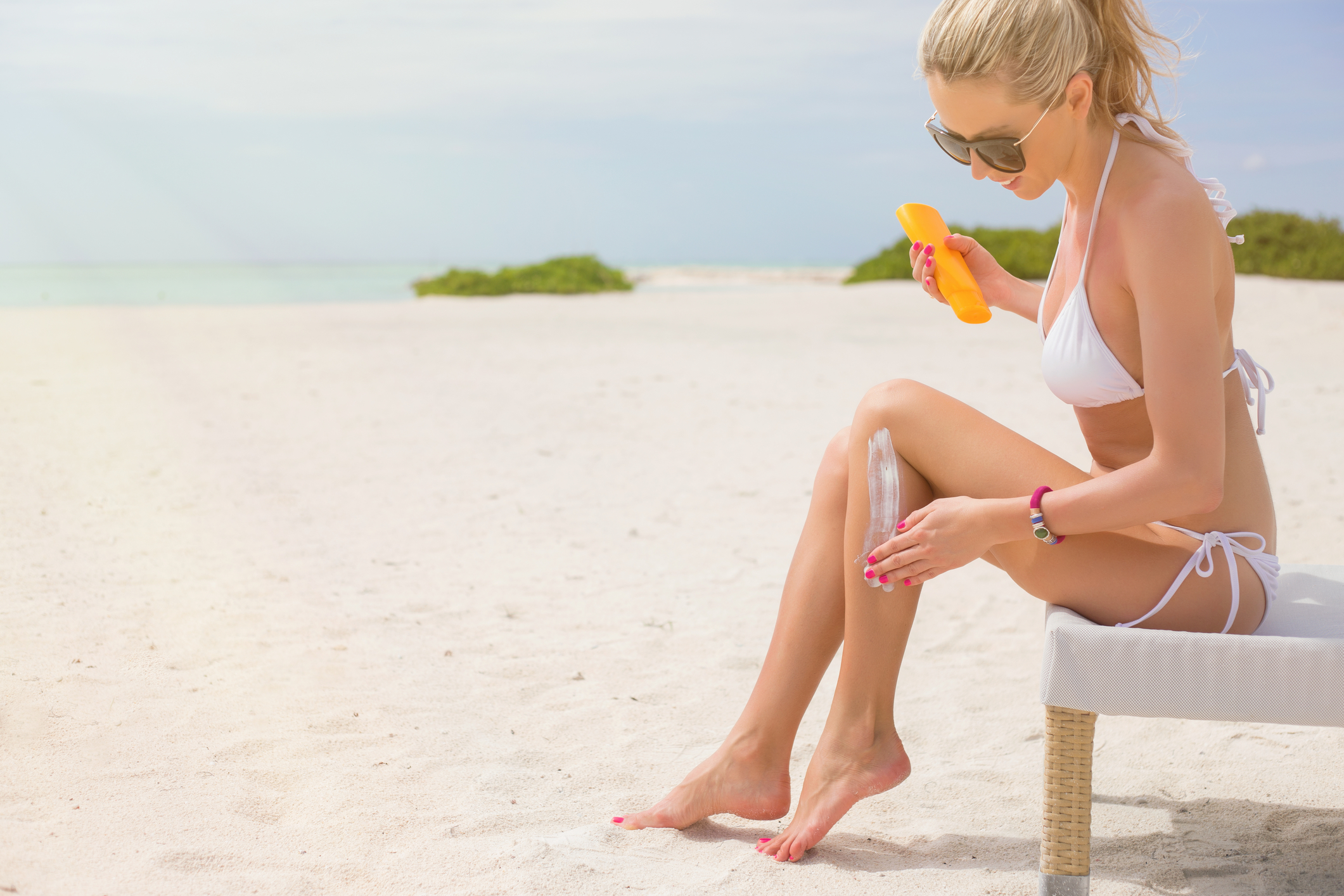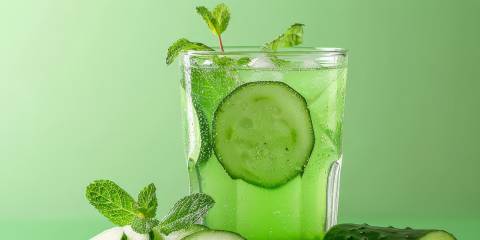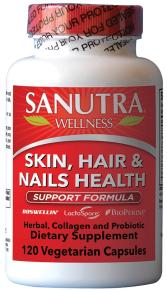When planning meals, those suffering from bone and joint pain need to make an extra effort to reduce acidity and inflammation. The following tips can help.
- Adopt a low-glycemic, alkalizing diet with lots of vegetables. Plant-based foods provide micronutrients and antioxidants, while addressing inflammation and acidity. They also support the body’s natural detoxification mechanisms.
- Decrease or eliminate dairy, cooked oils, nonorganic or processed meat, alcohol, gluten, processed foods, and sugar. These all increase acidity and fuel chronic inflammation, both factors that accelerate bone loss.
- Dairy is rich in calcium, but it’s also difficult to digest and is missing its companion mineral for bone health, magnesium. The best choices for calcium are leafy greens, such as chard, spinach, and kale. Cruciferous vegetables such as broccoli are excellent, as are almonds and other nuts, all of which are also good magnesium sources.
- Magnesium deficiency can reduce the body’s ability to absorb calcium, and about half of our magnesium is found in bones. As we age, we start to lose the ability to absorb magnesium, so diet and supplements become more important. Stock up on green leafy vegetables, beans, whole grains, and nuts. Topical magnesium creams or oils can also be helpful.
- Increase intake of omega 3 fatty acids. A study from researchers at Ohio State showed that improving the ratio of omega 3 to omega 6 decreased the risk of hip fractures. Omega 3s are found in coldwater fatty fish, such as wild salmon and sardines, as well as flax seeds, chia seeds, and walnuts. A high-quality omega supplement can help as well.
- Vitamin K plays a significant role in bone health. This nutrient boosts bone density, reduces fracture risk, and works with vitamin D to enhance bone metabolism. It also helps the body distribute calcium properly, to avoid dangerous calcium deposits around joints and in artery walls.
- Vitamin D3 is closely involved in calcium absorption and thus bone density, so maintaining adequate levels can be part of our firewall against osteoporosis. Vitamin D3 can be obtained from spending time every day in the sun, as well as from natural vitamin D3 supplements.
- On the joint side, glucosamine, MSM, chondroitin, hyaluronic acid, and collagen hydrolysate can help ease arthritis pain, particularly when combined with nonsteroidal anti-inflammatory compounds (NSAIDs) and antioxidants.
- A less commonly prescribed remedy for joint pain is ginger, an excellent anti-inflammatory. Curcumin, the main active compound in the spice turmeric, has also been found to decrease joint pain, again through its anti-inflammatory mechanisms. Another excellent supplement is modified citrus pectin, which reduces levels of galectin-3, the inflammatory protein that plays a role in fibrosis-related conditions such as arthritis.








